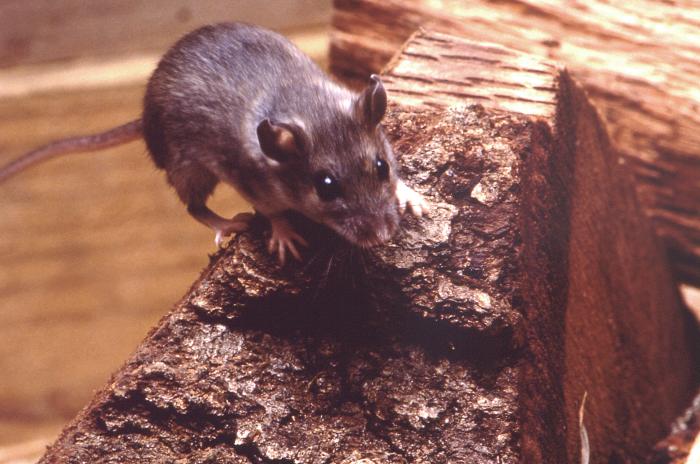In a follow-up on the report of the investigation of a third suspect hantavirus case in King County, Washington, officials reported Thursday that tests have come back confirming hantavirus pulmonary syndrome (HPS) in a Issaquah woman in her 50s.

The patient is hospitalized in stable condition.
In Washington, deer mice are the main carriers of a virus that cause hantavirus in people. Hantavirus is a rare, but potentially fatal respiratory disease. Avoid stirring up the dust in rodent-contaminated areas to help prevent exposure to hantavirus.
A person gets HPS by breathing in hantavirus. This can happen when dust from dried rodent urine, saliva, and droppings that contain hantavirus are stirred up in the air. People can also get infected by touching rodent urine, droppings, or nesting materials that contain the virus, and then touching their eyes, nose, or mouth. It’s also possible to get HPS from a rodent bite. The disease does not spread person-to-person. Symptoms begin 1-8 weeks after inhaling the virus. It typically starts with 3-5 days of illness that is similar to the flu, including fever, sore muscles, headaches, nausea, vomiting, and fatigue. As the disease gets worse, it causes coughing and shortness of breath as fluid fills the lungs.
This is the third confirmed local hantavirus case in King County in the past four months. One case was fatal. Before 2016, the last case of hantavirus infection acquired in King County was in 2003.
LISTEN: Seattle, hantavirus and an interesting transmission theory
In addition, The Washington State Department of Health is now reporting 738 confirmed and probable mumps cases as of Apr. 5. Seventy-five percent of the cases have been reported in Spokane County (301) and King County (263).
Related:

